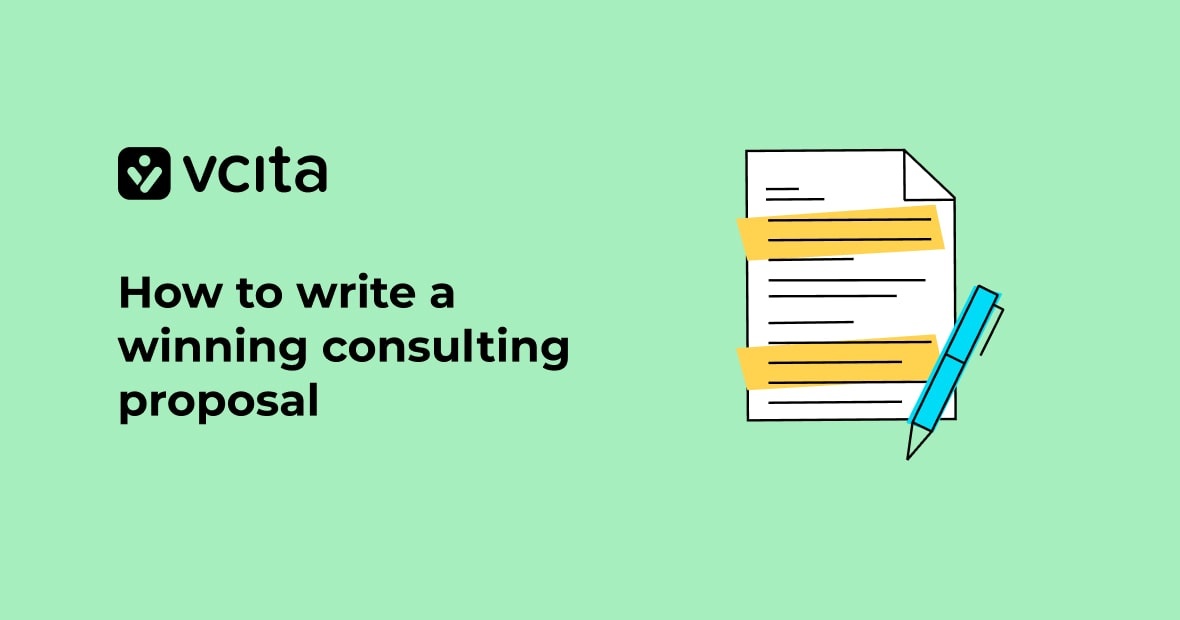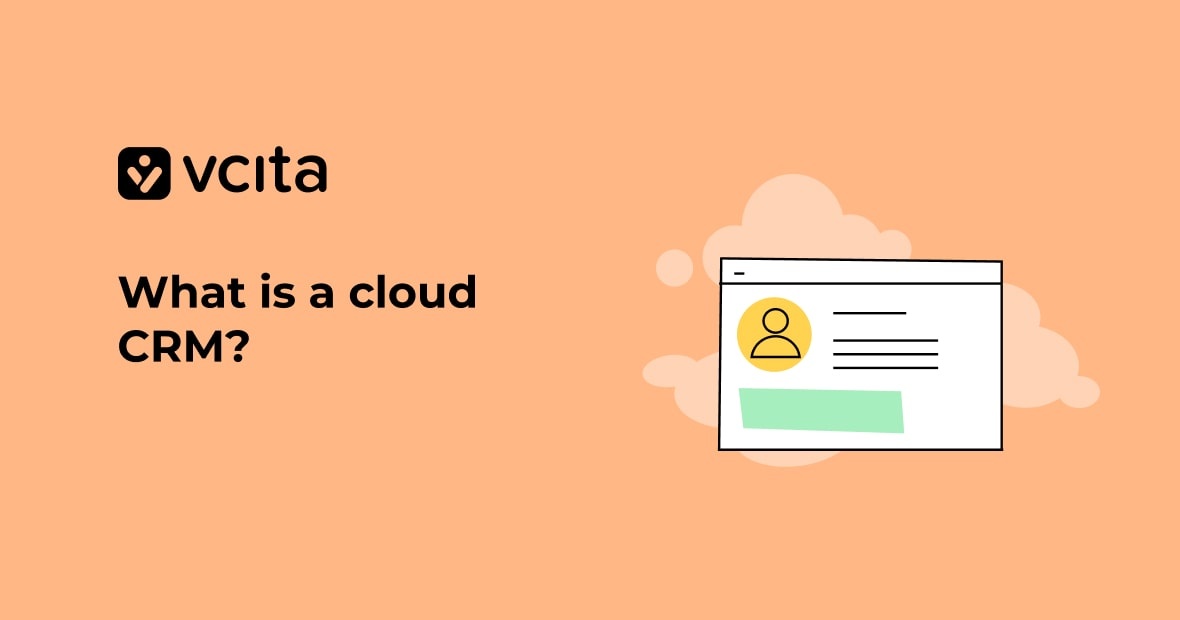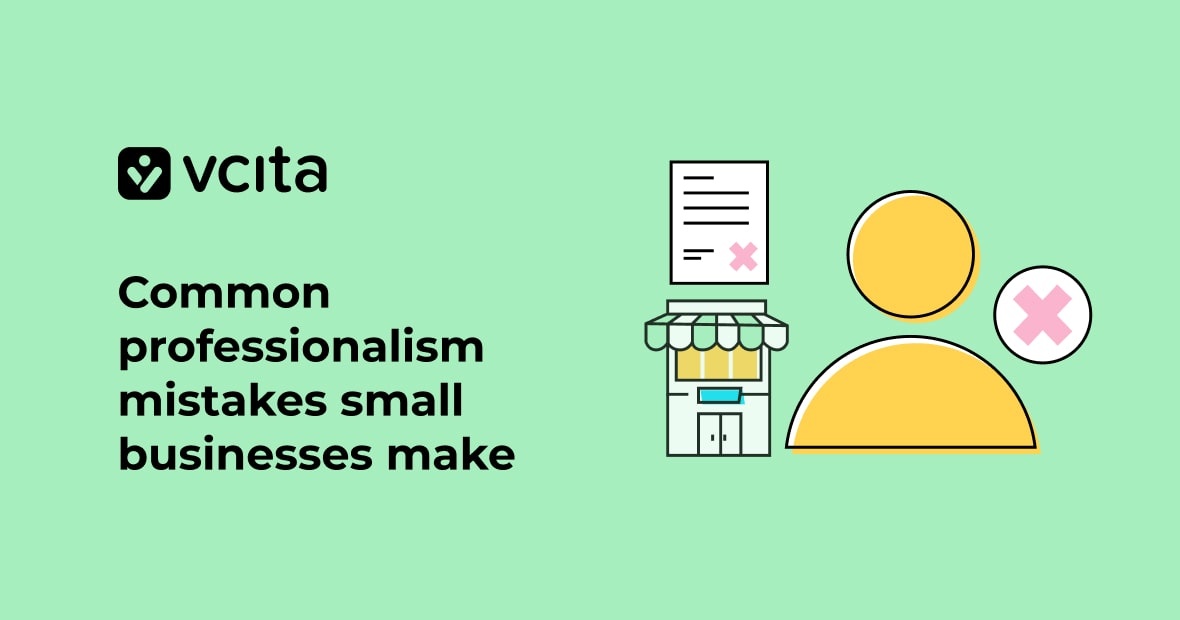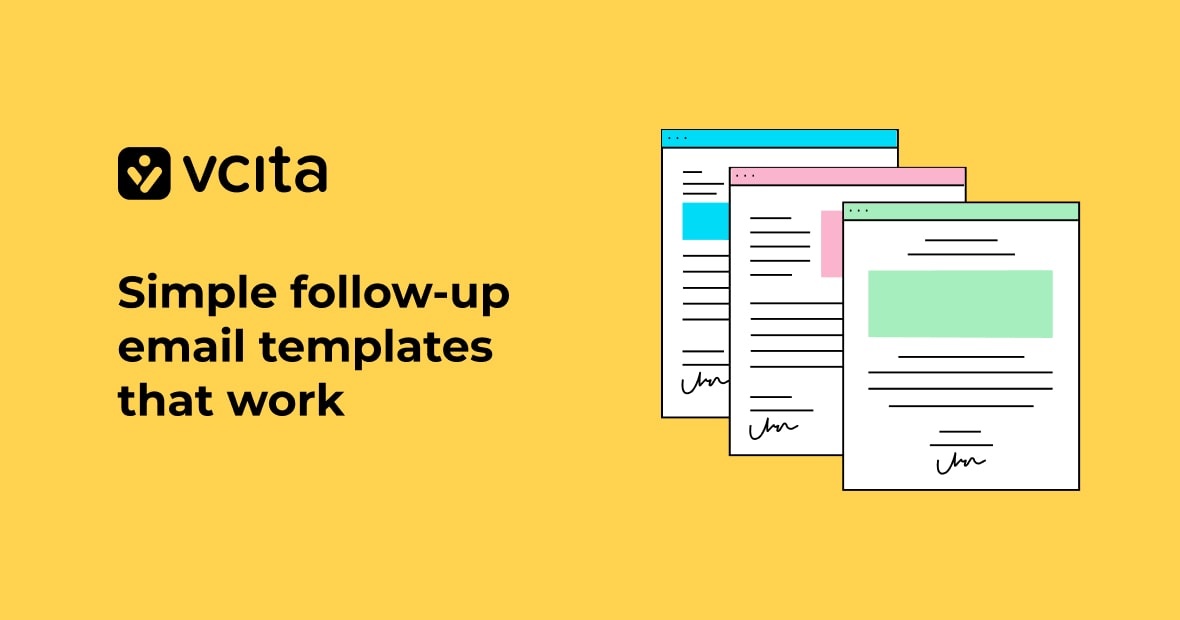If you’re wondering how to land more consulting gigs, we’re here to help. The secret lies in crafting a killer proposal, and this guide will show you exactly how to achieve one. We’ll cover the essential parts to include, techniques for addressing client challenges, ways to outline your proposed solution, and how to build trust with prospective clients. Read on to learn how to create a consulting proposal that wows clients and wins contracts.
Understanding the consulting proposal structure
A consulting proposal is a document that outlines your services, project goals, deliverables, time estimates, and pricing structure. It’s your chance to captivate potential clients and showcase your expertise. Let’s break down the key components:
The executive summary
Start with a concise project summary that builds trust. This section should highlight your understanding of the client’s challenges and your proposed solution. Keep it brief yet impactful – it’s often the deciding factor for busy executives.
Detailed project outline
Next, dive into the specifics. Include:
- Project objectives
- Scope of work
- Strategies and methodologies
- Deliverables
- Project timeline
- Team members involved
Be thorough in explaining how you’ll tackle the specific project. This demonstrates your expertise and helps the prospective client visualize the process.
Terms and conditions
Wrap up your consulting proposal with clear terms and conditions. This section should cover payment schedules, project milestones, and any legal considerations. Transparency here builds trust and sets clear expectations for both parties.
Crafting an effective executive summary
By crafting a captivating executive summary, you’ll significantly increase your chances of winning the project. This section is often the first (and sometimes only) part of your consulting proposal that decision-makers read.
Start strong with an attractive opening
Your executive summary is the gateway to your consulting proposal. It’s your chance to hook potential clients instantly. Begin with a powerful statement that addresses their specific challenges. For example, “We’ll boost your sales by 30% in 90 days.” This approach immediately grabs attention and showcases your understanding of the client’s needs.
Lead with your best offer
Highlight your unique value proposition upfront. Whether it’s a groundbreaking solution or an unbeatable price point, make sure it’s front and center. This strategy builds trust and demonstrates your confidence in delivering results. Remember, your executive summary should encapsulate why you’re the ideal choice for this specific project.
End with a powerful closing
Wrap up your executive summary with a compelling call-to-action. Avoid clichés like “Contact us today.” Instead, offer something of immediate value. For instance, “Schedule a free 30-minute strategy session to discover how we’ll transform your business.” This approach not only entices the prospective client but also sets the stage for a productive conversation about your proposed solution.
Outlining your proposed solution and project details
When you write a consulting proposal, it’s crucial to clearly define success and align your objectives with the client’s requirements. A comprehensive consulting proposal should detail not just what you’ll do, but how you’ll do it, covering project scope, services, timeline, and costs. Let’s dive into the key components that will make your proposal shine.
Writing an appealing project summary
Start with a concise project summary that captures the essence of your proposed solution. This section builds trust by demonstrating your understanding of the client’s challenges and how you plan to address them. Include your project objective, and highlight how your expertise aligns with the specific project at hand.
Detailing your approach
Next, showcase your methodology:
- Scope of work: Clearly define what’s included (and what’s not)
- Timeline: Provide a realistic project timeline with key milestones
- Team structure: Introduce key team members and their roles
- Deliverables: Specify tangible outcomes the client can expect
Setting clear expectations
Finally, include project details that set you apart:
- Success metrics: How will you measure the project’s impact?
- Communication plan: Outline how you’ll keep the potential client informed
- Terms and conditions: Clearly state your policies and expectations
Establishing trust through team profiles and credentials
Trust is the foundation upon which successful consulting partnerships are built. When you write a consulting proposal, showcasing your team’s expertise is crucial for building that trust and demonstrating why you’re the ideal partner to tackle your client’s challenges.
Highlight individual strengths
Your team members are the backbone of your consulting business. Emphasize their unique skills and experiences:
- Include brief bios highlighting relevant accomplishments
- Showcase certifications and specialized training
- Mention notable projects or clients they’ve worked with
This personal touch helps prospective clients connect with your team on a human level.
Demonstrate collective expertise
While individual strengths matter, it’s your team’s collective capabilities that truly set you apart:
- Outline how your team collaborates to solve complex problems
- Explain your approach to open communication and knowledge sharing
- Highlight complementary skill sets that create a well-rounded team
Exhibit transparency
To create a consulting proposal that captivates, be open about your process:
- Clearly define roles and responsibilities for the specific project
- Explain how you’ll keep the client informed throughout the project timeline
- Address potential challenges upfront and how you plan to overcome them
Finalizing terms, conditions, and the project timeline
By nailing these elements, you’ll create a consulting proposal that not only appeals to new clients but also sets the stage for a successful partnership.
Creating a clear project roadmap
A well-defined project timeline is crucial. It’s the backbone of effective project management, ensuring everyone stays on track. Your prospective client needs to see a clear schedule that outlines key milestones and deliverables. This builds trust and demonstrates your expertise in managing complex projects.
Negotiating win-win terms
The terms and conditions in your consulting proposal can make or break the deal, so clearly spell out the project scope, fees, and payment structure. Remember, this document serves as a foundation for your working relationship. It’s your chance to showcase how your consulting business addresses the client’s challenges while protecting your interests.
Balancing detail and flexibility
Your project timeline should be detailed enough to provide clarity but flexible enough to accommodate unexpected hurdles. Include specific project phases, team members involved, and estimated completion dates. This level of detail in your consulting proposal reassures potential clients that you’ve thought through every aspect of the project objective. It’s a delicate balance – you want to demonstrate thoroughness without boxing yourself in.
Close more consulting partnerships with engaging proposals
Now you’re equipped to craft a winning consulting proposal that’ll wow potential clients. Your goal is a well-structured proposal that not only outlines your plan but also showcases your consulting business’s professionalism. Take time to craft each section carefully; it’s your ticket to winning that next big client.




























